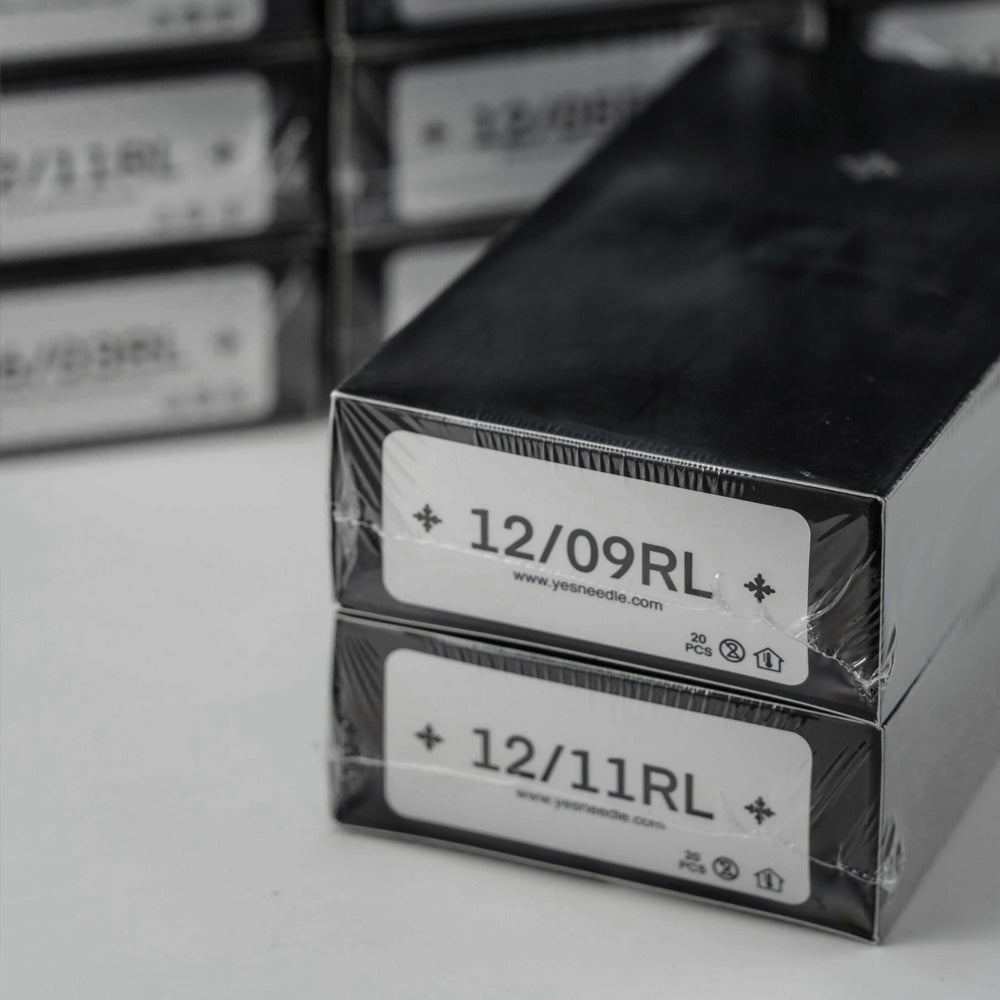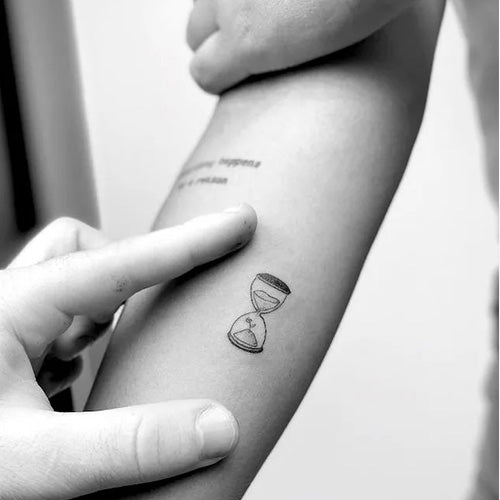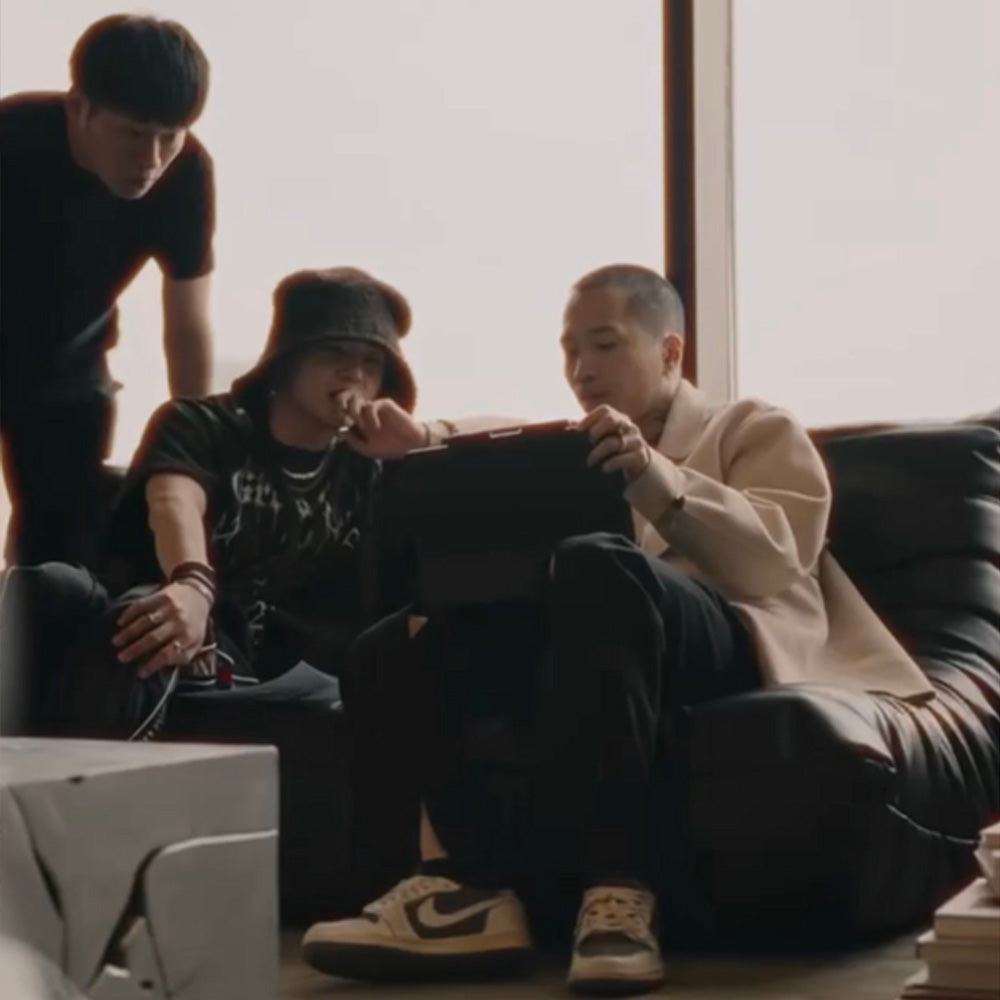How deep do tattoo needles go
Hey there!
After 10 years of tattooing, I’ve noticed that one of the biggest concerns new clients have is: "how many layers of skin does a tattoo go through?" A lot of this worry comes from scary stories or misunderstandings about how tattoos work. The truth is, tattoo needles don’t go as deep as most people think—usually just 1to2 millimeters into your skin.Understanding this tattoo needle depth diagram can help ease your worries and give you a better appreciation for the precision involved in professional tattooing.

Tattoo Needle Depth: How Many Skin Layers a Tattoo Really Reaches. Understanding Skin Structure
To get a clearer picture of how deep a tattoo needle goes, what layer of skin does a tattoo go into, let’s first talk about what your skin looks like. Your skin has three main layers, each with its own role:
Epidermis (Surface Layer)
The epidermis is the outermost layer of your skin, and it’s super thin—only about 0.05 to 0.1 mm thick on most parts of your body.This layer acts as a protective barrier and renews itself every 28 days. It doesn’t have any blood vessels, which means if ink stayed here, your tattoo would fade away pretty quickly. Beginners often make the mistake of staying too shallow, working only in this layer, which results in patchy, faded tattoos that don’t heal properly.

Dermis (Middle Layer)
tattoo skin layer,Beneath the epidermis is the dermis, which ranges from 1 to 4 mm thick depending on where it is on your body. This layer contains blood vessels, nerve endings, hair follicles, sweat glands, and collagen that gives your skin strength. This is where tattoo ink needs to go because the dermis is stable—it doesn’t shed like the epidermis, which is why tattoos are permanent.

Subcutaneous Layer (Fat Layer)
The deepest layer of your skin contains fat cells and larger blood vessels. If a needle goes too deep into this layer during tattooing, it can cause excessive bleeding, poor ink retention, an increased risk of infection, and something called "blowout," where the lines blur and spread out. I’ve seen way too many tattoos ruined by going too deep into this layer.

Why Aim for the Dermis
After years of tattooing different skin types, the dermis is the sweet spot for several reasons:
Permanence: Unlike the epidermis, the dermis doesn’t regenerate, so ink placed here stays put for life, creating long-lasting tattoos.
Stability: This layer provides the perfect environment for ink particles to settle without moving around or blurring.
Healing: The dermis has good blood flow for healing but isn’t so full of blood vessels that it pushes out the ink while healing.
Color Retention: Ink in the dermis stays vibrant because it’s protected from UV damage by the epidermis above. In my practice, I’ve found that tattoos with ink properly placed in the dermis look fresh even after 10+ years.
How Deep Do Tattoo Needles Go?
The standard depth for tattoo needles is about 1 to 2 millimeters—roughly the thickness of a penny. Here’s what affects this depth:
Body Location: Different areas of your body have different skin thicknesses. For example, your face and hands have thinner skin (0.5–1 mm), while your back and chest have thicker skin (1.5–2 mm).
Individual Variations: Age, sun damage, previous tattoos, and scar tissue can all affect how deep the needle needs to go.
Needle Configuration: Different types of needles require slight adjustments in depth.Single needles need less penetration than larger groupings. Consistency is key—maintaining the right depth throughout ensures even ink saturation and proper healing.

The Correct Tattooing Process
Professional tattooing involves more than just controlling needle depth. Here’s my step-by-step approach:
Communication
Every successful tattoo starts with clear communication. We’ll talk about what you want, set realistic expectations for budget and timeline, assess your pain tolerance, and ensure you’re healthy enough for a tattoo. I spend at least 30 minutes chatting with every new client because good communication prevents 90% of tattoo problems.
Design
Creating the perfect design means tailoring artwork to fit your vision, optimizing size and placement for your body contours, matching styles to your preferences, and ensuring the design will age well.
Preparation
Proper prep sets the foundation for success. This includes sanitizing the workspace, setting up equipment, cleaning the tattoo area thoroughly, applying the stencil, and calibrating the needle depth for your specific skin type.
Outline Creation
The outline is the foundation of your tattoo. I’ll use steady hand techniques to maintain consistent pressure and speed, stay within the dermis layer, create smooth lines, and monitor your comfort throughout the process.
Shading and Coloring
This is where your tattoo really comes to life. I’ll develop gradients for smooth transitions between tones, ensure proper ink saturation for vibrant colors, create textures using different techniques, add depth through shading, and regularly check for even coverage.
Aftercare
Even after the tattoo is done, my job isn’t over. I’ll provide instructions for immediate care, explain the healing timeline, and schedule follow-ups to check progress and make touch-ups if needed.
Consequences of Improper Depth Control
Over my career, I’ve seen hundreds of poorly executed tattoos, and incorrect needle depth is a major culprit. Here’s what happens when things go wrong:
Too Shallow (Epidermis Only): The tattoo heals patchily, fades quickly, and may require expensive touch-ups or cover-ups.
Too Deep (Subcutaneous Layer): You might experience ink blowout (blurred lines), excessive bleeding, poor healing, and even scarring that could affect future tattoos.Prevention through proper technique is always better than trying to fix mistakes later.

My Professional Advice
Tattooing is both an art and a science.Use professional tattoo needles,The right depth, combined with proper technique and aftercare, creates tattoos that look beautiful for decades.Great tattoo work requires technical precision, artistic vision,and professional dedication—qualities that only come with experience and commitment to the craft.




